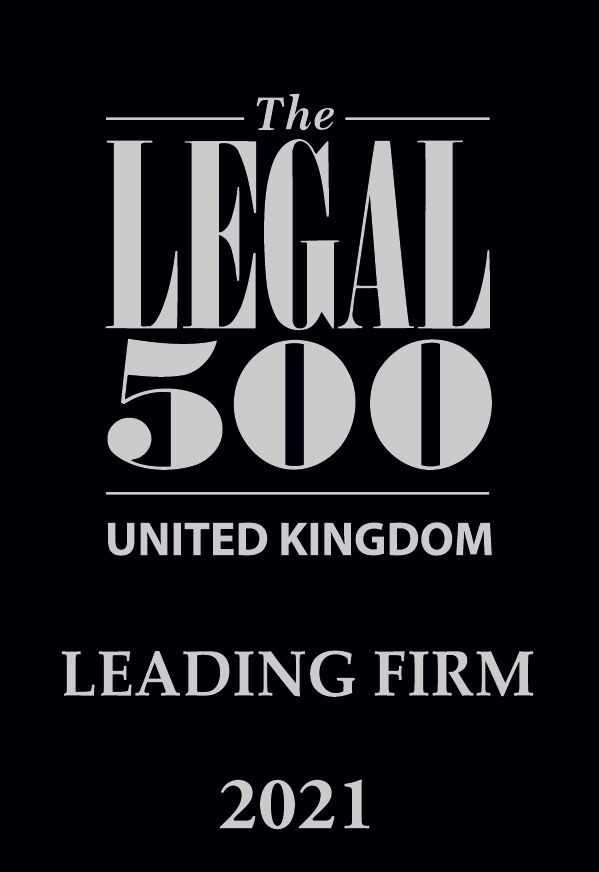Employers cannot discriminate on the basis of the ‘protected characteristics’ specified in the Equality Act 2010.
These protected characteristics are age, disability, gender reassignment, marriage and civil partnership, pregnancy and maternity, race, religion or belief, sex and sexual orientation.
You may think it’s obvious, but do you know what direct discrimination is? Do you know what the law says?
Direct discrimination
A prospective or actual employee is directly discriminated against by another person if they treat the individual less favourably than they treat others and this is because of a protected characteristic.
‘Less favourable treatment ‘
Less favourable treatment means treating someone in a worse way than another person. For example, a female employee is not given a promotion to a managerial role. Her male colleague who has less experience and does not have the same level of skill is offered the position. This could be a case of direct sex discrimination.
It must be demonstrated that the employer has treated the employee less favourably than a real or hypothetical comparator (someone else who does not possess the same protected characteristic) – not just that they have treated the employee in an adverse or detrimental way. If an employer treats all their workers poorly, there will be no less favourable treatment so the employee cannot argue that they have been discriminated against.
Additionally, treating employees differently does not necessarily equate to less favourable treatment. If you consider dress code rules, it is permissible for employers to set different requirements for men and women as long as they do not treat one gender worse than the other.
‘Because of a protected characteristic’
Direct discrimination only applies where a protected characteristic is involved. For example, if a worker is treated less favourably because they have tattoos, this will not be considered discriminatory under the Equality Act because the less favourable treatment is not because of any of the protected characteristics.
However, if an employee is treated less favourably because they are over 50, this can amount to discrimination under the Equality Act because age is a protected characteristic.
The law states that it is not considered direct discrimination if you treat a disabled person more favourably than a person who is not disabled. Likewise, it is not direct discrimination if you give women special treatment in connection with pregnancy or childbirth.
Can direct discrimination be justified?
It may be possible to justify direct age discrimination if it can be objectively justified. You must be able to demonstrate that the difference in treatment was a proportionate means of achieving a legitimate aim. For example, an employer could potentially have an upper age limit on a job which requires extremely high levels of fitness.
Equal opportunities policy
Your equal opportunities policy should include a statement that makes it clear that you are committed to ensuring that all of your employees and job applicants are protected from discrimination. You should state that all forms of discrimination based on the protected characteristics of the Equality Act 2010 will not be tolerated and make sure that all your employees have read and understand this policy.
Grievances and claims
If an employee feels that they are being discriminated against in the workplace, they may raise a grievance with their line manager. It may be that the issue can be resolved quickly and efficiently by talking through the problem and without resorting to formal procedures.
If it can’t, you will need to arrange and hold a grievance hearing, giving the employee the opportunity to fully explain their grievance.
You may need to carry out an investigation to establish all the relevant facts. This could involve talking to all parties involved, speaking to witnesses of the alleged discrimination, acquiring documents and gathering evidence.
Avoid grievances and claims. If in doubt, call your Employment Law Adviser.








